Snatch From Blocks
Author:
Unlock your full potential by engaging with our experts and community! Have questions about your fitness journey or looking for expert advice on weightlifting techniques? Don’t hesitate — leave a comment below and Oleksiy Torokhtiy will provide a personalized answer and insights to help you reach your goals.
Torokhtiy is reader-supported. Some links are affiliate links, and we may earn a commission at no extra cost to you. See our disclosure page for details.
The snatch from blocks is a weightlifting exercise that involves lifting a barbell loaded with weights from a starting position on blocks, rather than lifting the barbell from the floor.
This exercise is a common component of training programs for Olympic weightlifters, as it helps to improve strength, power, and technique in the snatch movement. The blocks allow the lifter to focus on certain portions of the lift, particularly the starting position, and can be adjusted to different heights to target specific areas of weakness.
🔻Find Your Best Training: Take Our Quiz!
Are you ready to learn and grow? Take our simple quiz to discover the right training program for you. Let us help you succeed — click below to start the quiz!
How To Perform Block Snatch?
Set up the blocks: Adjust the blocks to the desired height, which is typically around mid-thigh or just above the knee. The blocks should be stable and secured in place.
Load the bar: Load the barbell with the desired weight plates and position it on the blocks, with the bar directly over the mid-foot.
Note: perform a few warm up sets with PVC and empty bar before setting up your working weight.
Start position: Stand with your feet hip-width apart, with your toes slightly pointed outward. Position yourself behind the bar with your shins close to the bar and your hips slightly higher than your knees.
Grip the bar: Grip the bar with your hands wider than shoulder-width apart and your palms facing down.
Lift the bar: In one swift motion, lift the bar off the blocks, extending your hips and knees while keeping your back straight. Pull the bar up towards your body, using your shoulders to raise the bar up to your hips.
Explosive power: Once the bar reaches your hips, explosively extend your hips and knees, using the momentum to propel the bar upwards while pulling it towards your body.
Catch position: Drop under the bar and catch it in the overhead position, with your arms locked out and your hips fully extended. This position is commonly known as the “overhead squat position.”
Stand up: Stand up with the barbell, straightening your legs and fully extending your hips.
Lower the bar: Lower the bar back down to the blocks by reversing the movement and lowering it with control.
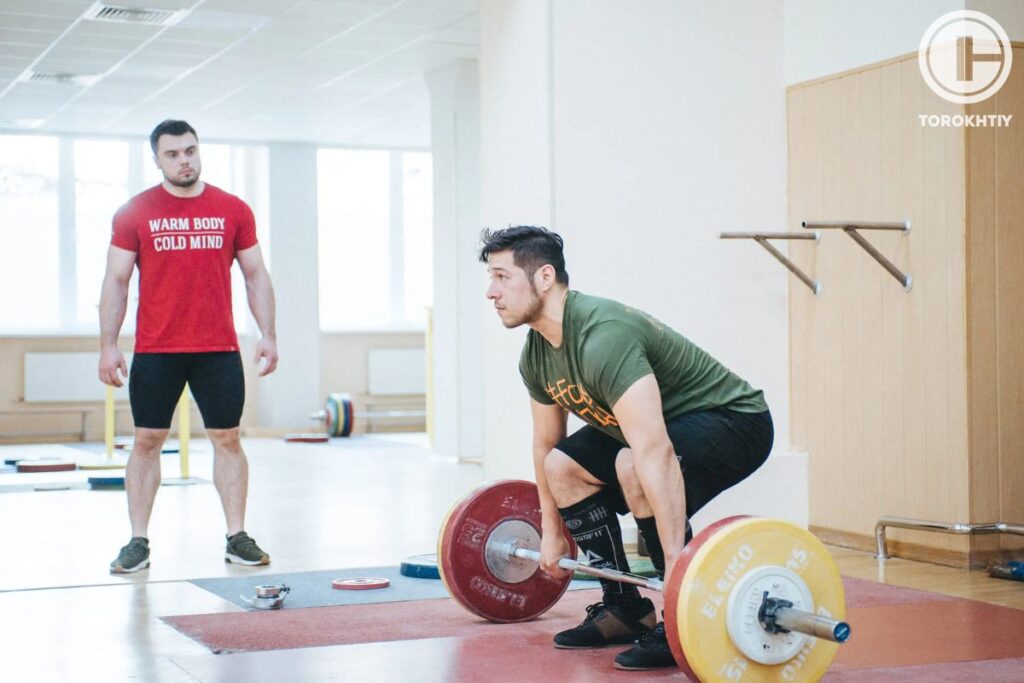
Snatch From Blocks Benefits
The Olympic snatch from blocks is a highly beneficial exercise for Olympic weightlifters, as it can improve various aspects of their performance, including:
1. Improved Technique
Lifting from blocks allows weightlifters to focus on specific portions of the lift, such as second pull, power position and turnover, and make necessary adjustments to improve their technique.
2. Increased Power and Explosiveness
The snatch from blocks requires a high level of explosive power to lift the barbell from a stationary position. Regularly performing this exercise can help weightlifters develop greater power and explosiveness, which can carry over to other lifts and athletic movements.
3. Enhanced Strength
The snatch from blocks engages numerous muscles throughout the body, including the quadriceps, hamstrings, glutes, back, and shoulders. Regularly performing this exercise can help Olympic weightlifters build strength in these muscles, which can improve their overall performance.
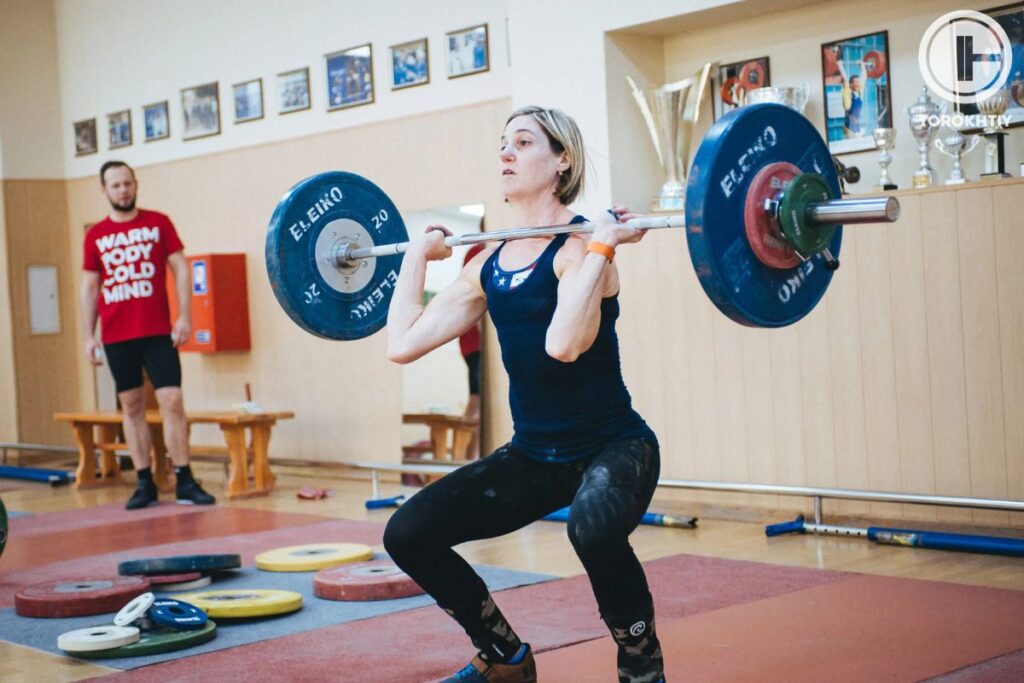
4. Greater Flexibility and Mobility
The snatch from blocks requires a high degree of flexibility and mobility in the hips, ankles, and shoulders. Regularly performing this exercise can help Olympic weightlifters improve their range of motion and mobility, which can reduce the risk of injury and improve their overall athletic performance.
5. Targeted Weaknesses
The height of the blocks can be adjusted to target specific areas of weakness in the snatch movement, allowing weightlifters to address these weaknesses and make improvements.
Overall, the Olympic snatch from blocks is a highly effective exercise for Olympic weightlifters, as it can improve their technique, power, strength, flexibility, and mobility, ultimately leading to better athletic performance.
What Is The Optimal Block Height?
The optimal block height for Olympic snatch from blocks may vary depending on the individual’s body proportions and technique. However, here are some general guidelines for selecting the appropriate block height:
1. Mid-Thigh Height
This is the most common block height used for the snatch from blocks. It allows the lifter to focus on the second pull portion of the lift, which is where the lifter explosively extends their hips and knees to lift the barbell. This height can be used for lifters who struggle with the initial pull from the floor, but have a strong finish.
2. Below The Knee Height
This block height is often used to target the first pull portion of the snatch, which is the initial lift off the ground. It can be useful for lifters who struggle with maintaining proper positioning during the initial pull.
3. Above The Knee Height
This block height can be useful for lifters who have trouble maintaining proper positioning during the second pull or catching the bar in the overhead position. It can also help develop the lifter’s explosiveness and timing during the lift. This option also will be good for block power snatch.
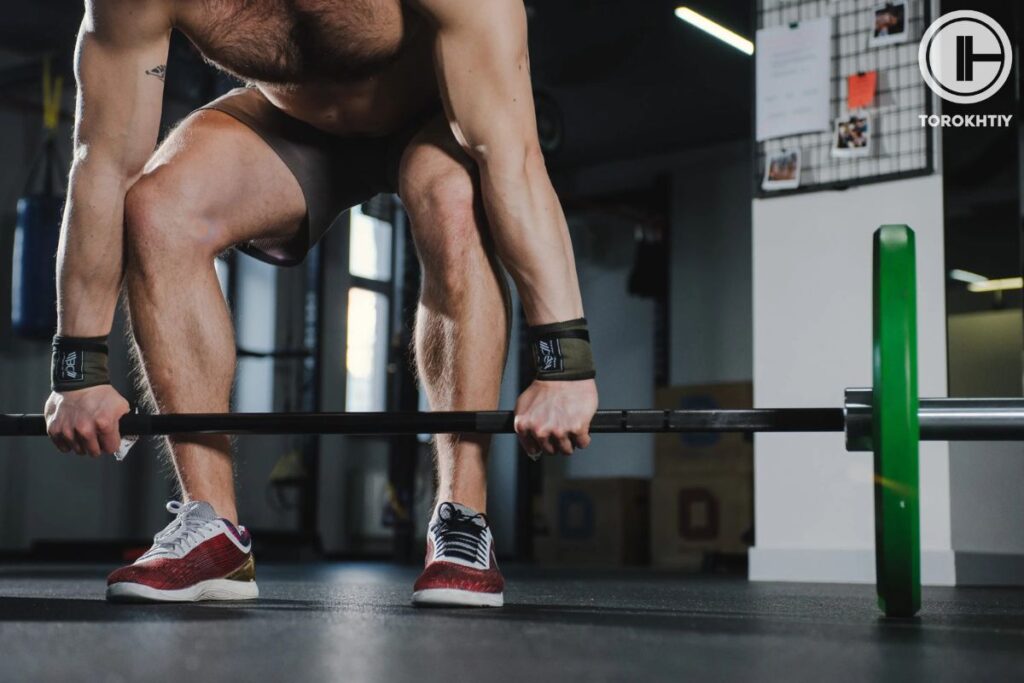
4. Combination of Heights
It’s also possible to use a combination of block heights to target specific weaknesses or aspects of the snatch movement. For example, a lifter may perform a few sets from mid-thigh height, followed by a few sets from above the knee height.
Ultimately, the best block height for the Olympic snatch from blocks will depend on the individual’s strengths, weaknesses, and technique.
Also Read:
Why Trust Us?
With over 20 years in Olympic weightlifting, strength training, nutrition coaching, and general fitness our team does its best to provide the audience with ultimate support and meet the needs and requirements of advanced athletes and professional lifters, as well as people who strive to open new opportunities and develop their physical capabilities with us.
By trusting the recommendations of our certified experts in coaching, nutrition, and sports training programming, as well as scientific consultants, and physiotherapists, we provide you with thorough, well-considered, and scientifically proven content. All the information given in the articles concerning workout programming, separate exercises, and athletic performance, in general, is based on verified data.
The product testing process is described in more detail here.
Author: Oleksiy Torokhtiy
Olympic Weightlifting Champion, PhD in Sport Science
Best Results: Snatch – 200 kg,
C&J – 240 kg
Oleksiy Torokhtiy is a professional athlete boasting 20 years of experience in Olympic weightlifting. With multiple European and World titles under his belt, he has showcased his prowess in two Olympic Games (Beijing 2008 and London 2012). Upon concluding his illustrious career, Oleksiy dedicated himself to coaching. By 2022, he had conducted over 200 weightlifting seminars worldwide. He is the visionary behind an international sportswear and accessories brand known for its motto, “Warm Body Cold Mind.” Additionally, he is an esteemed author and the creator of a series of training programs and eBooks.



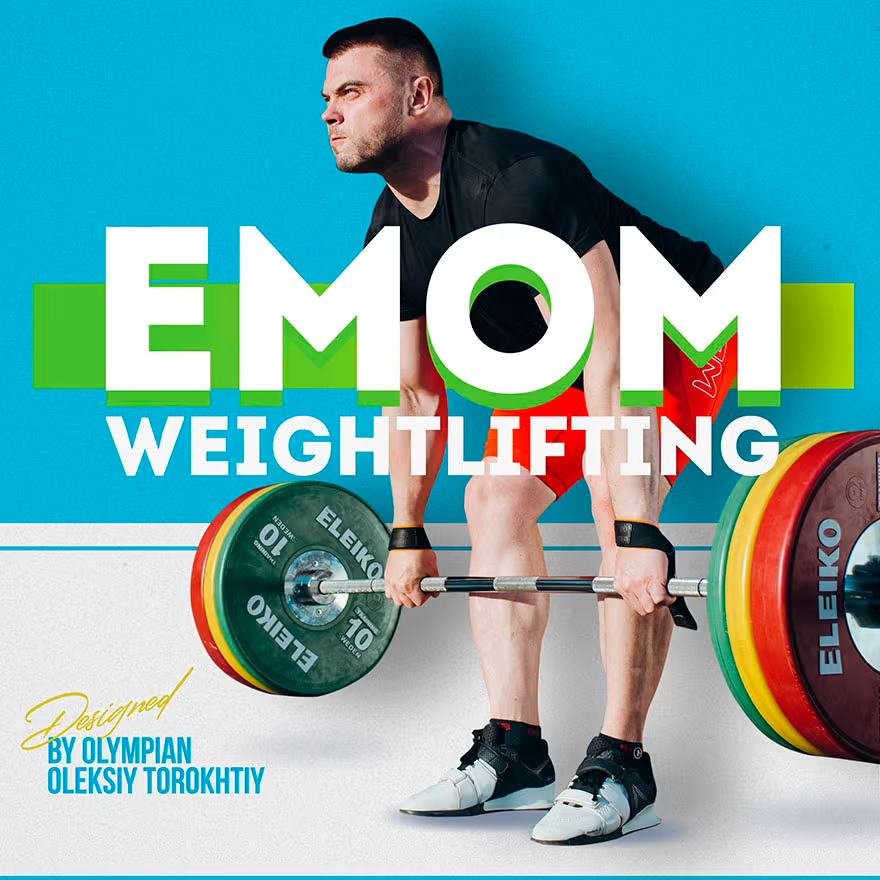

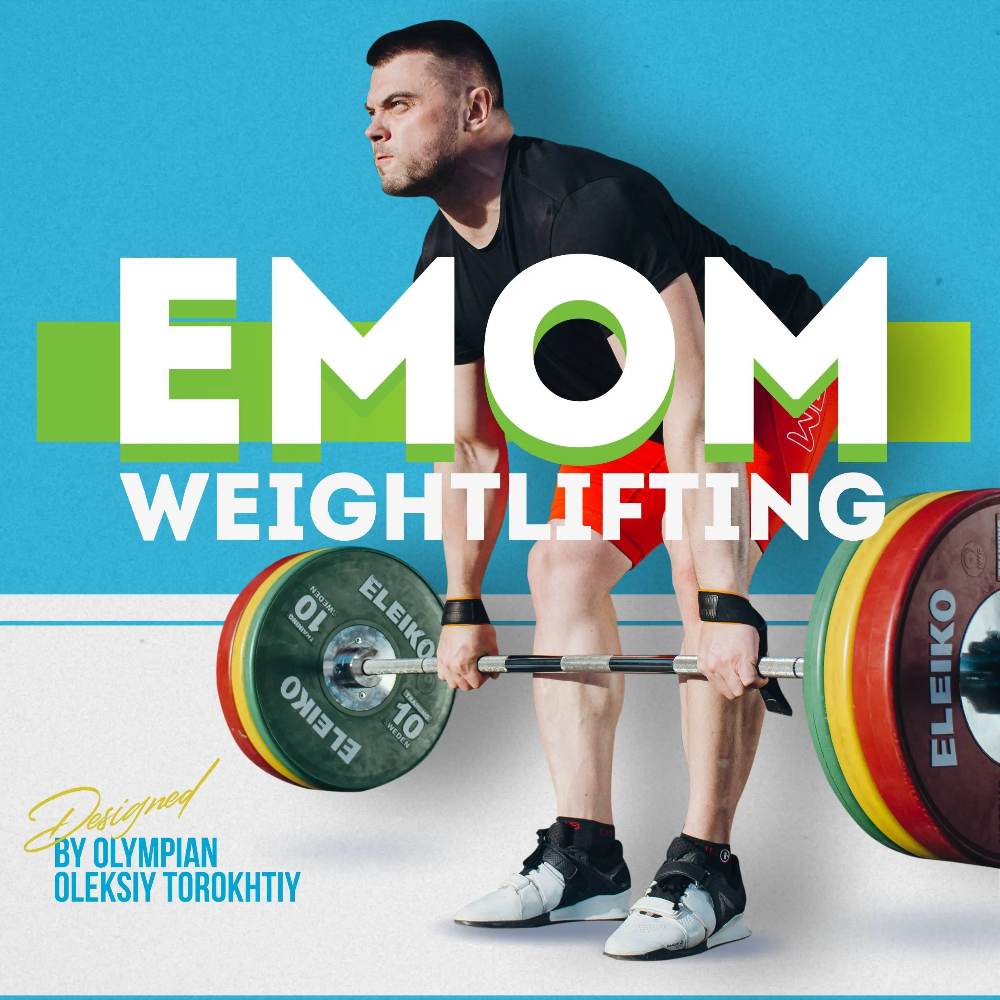
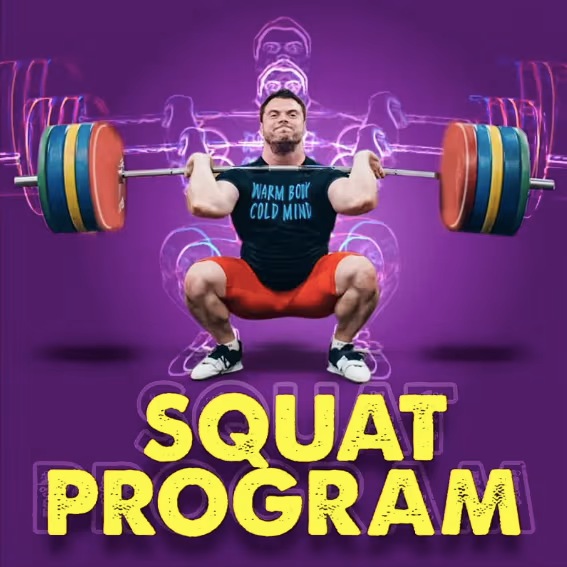


Still have questions after reading our article? Unlock your full potential by engaging with our experts and community! Don’t hesitate — leave a comment below and Oleksiy Torokhtiy will provide a personalized answer and insights to help you reach your goals.